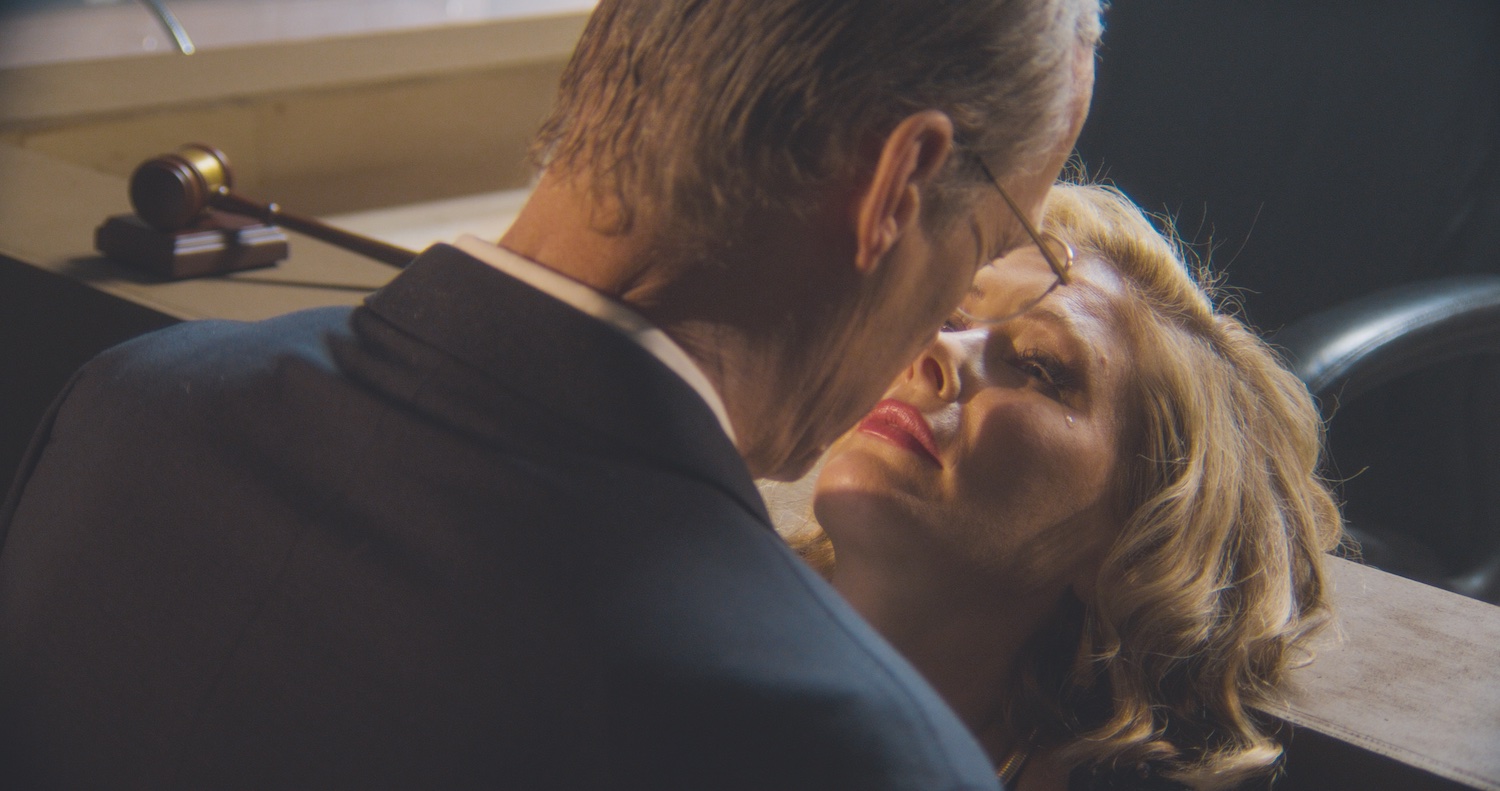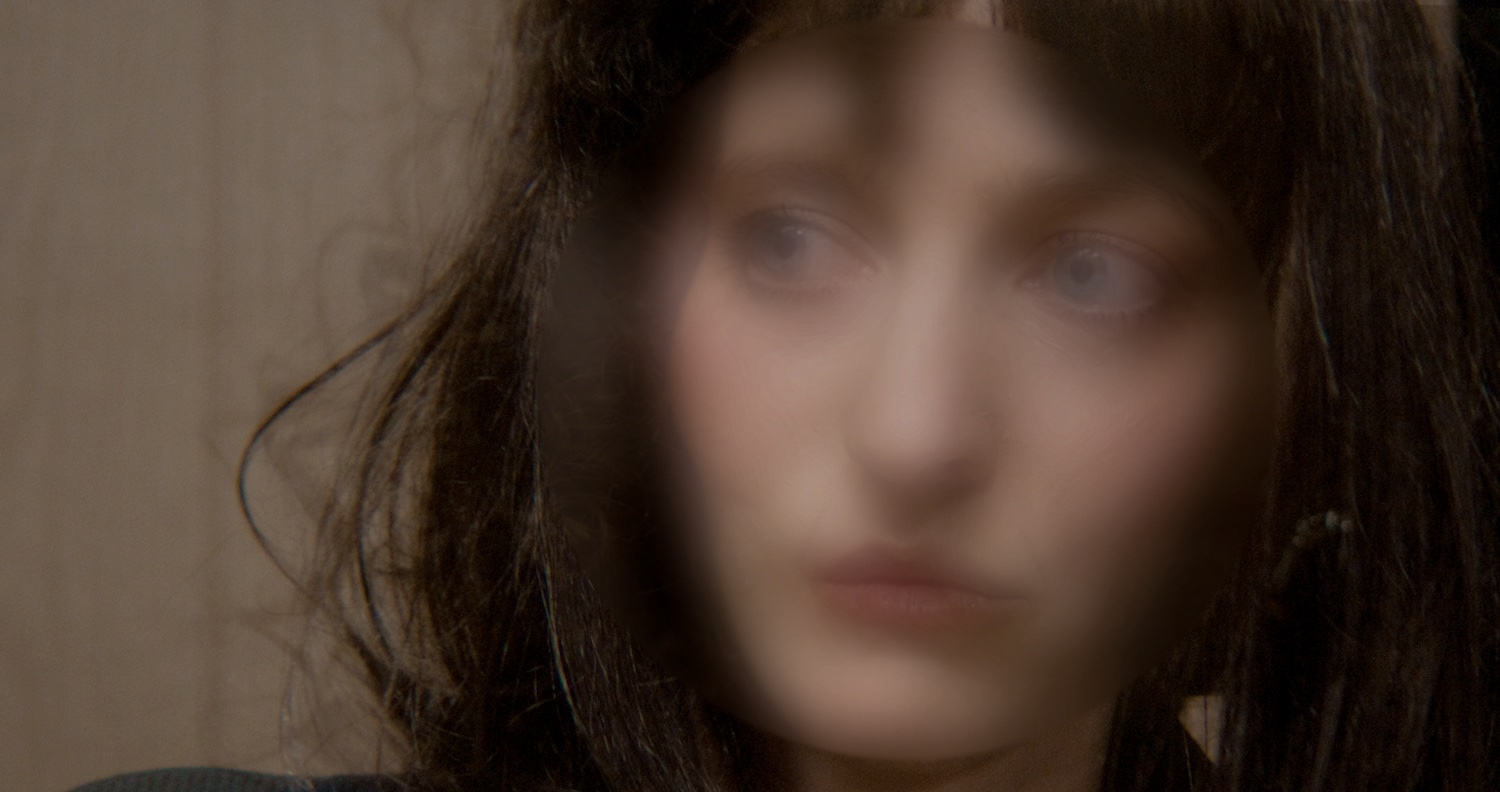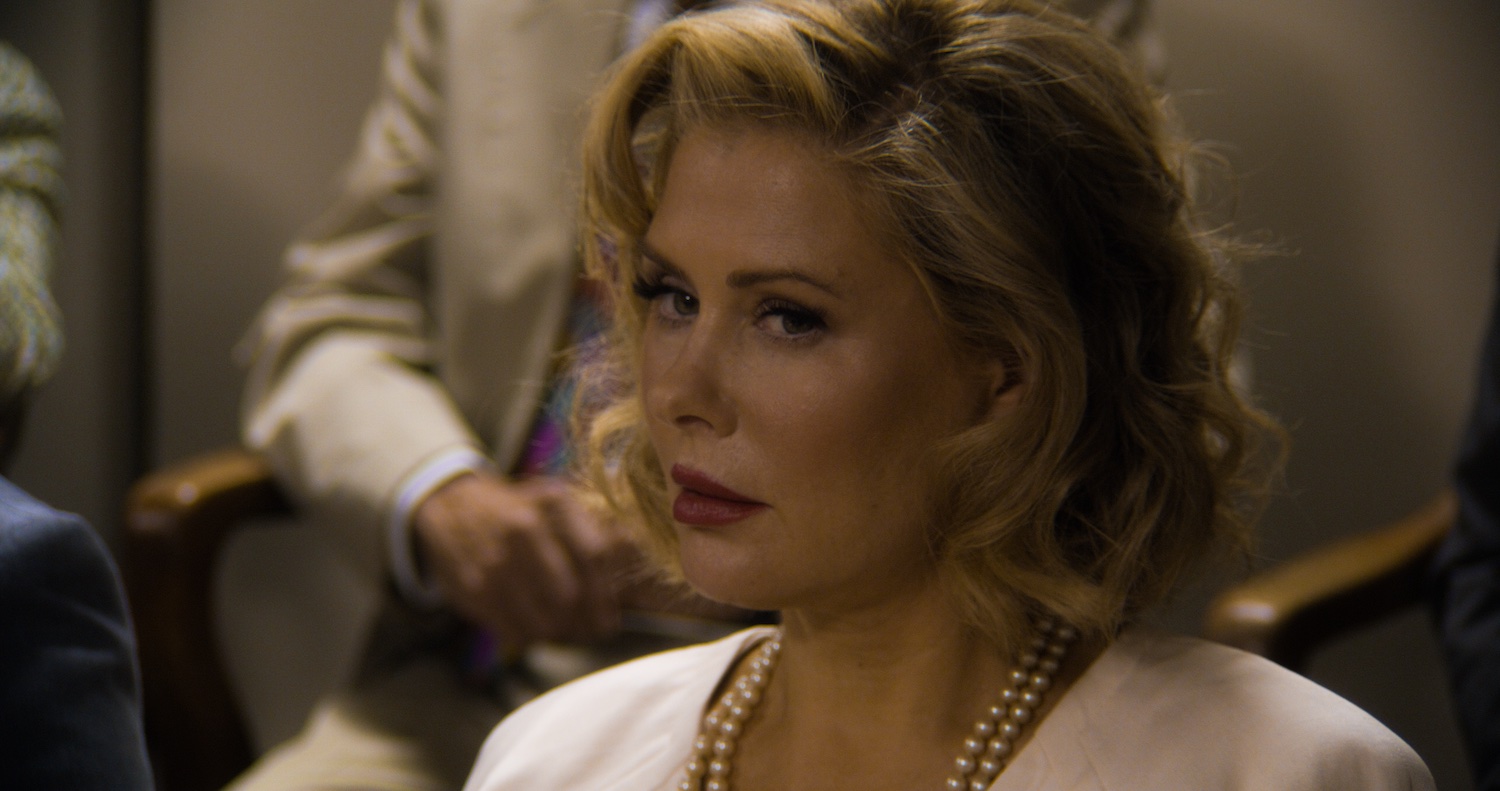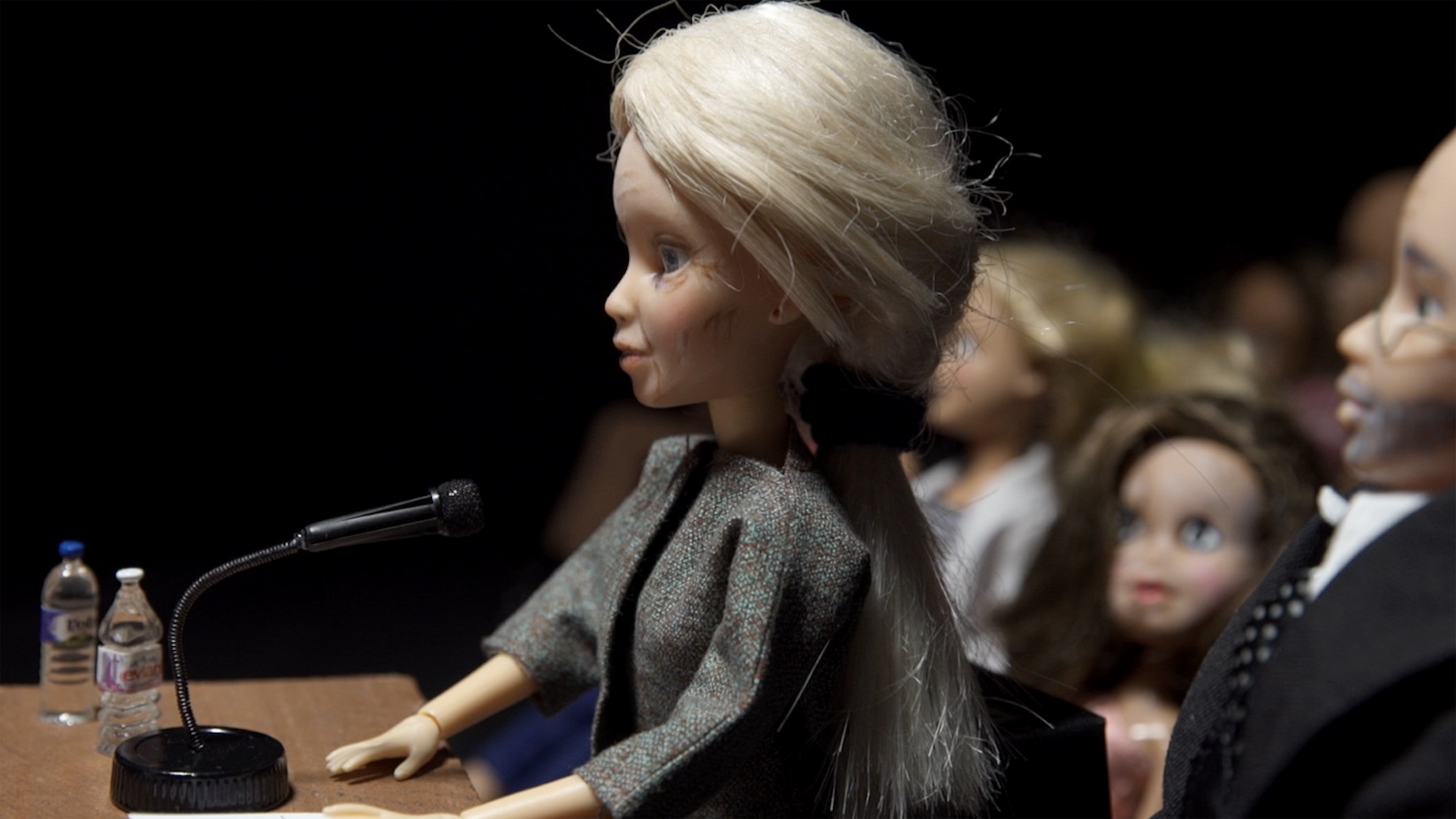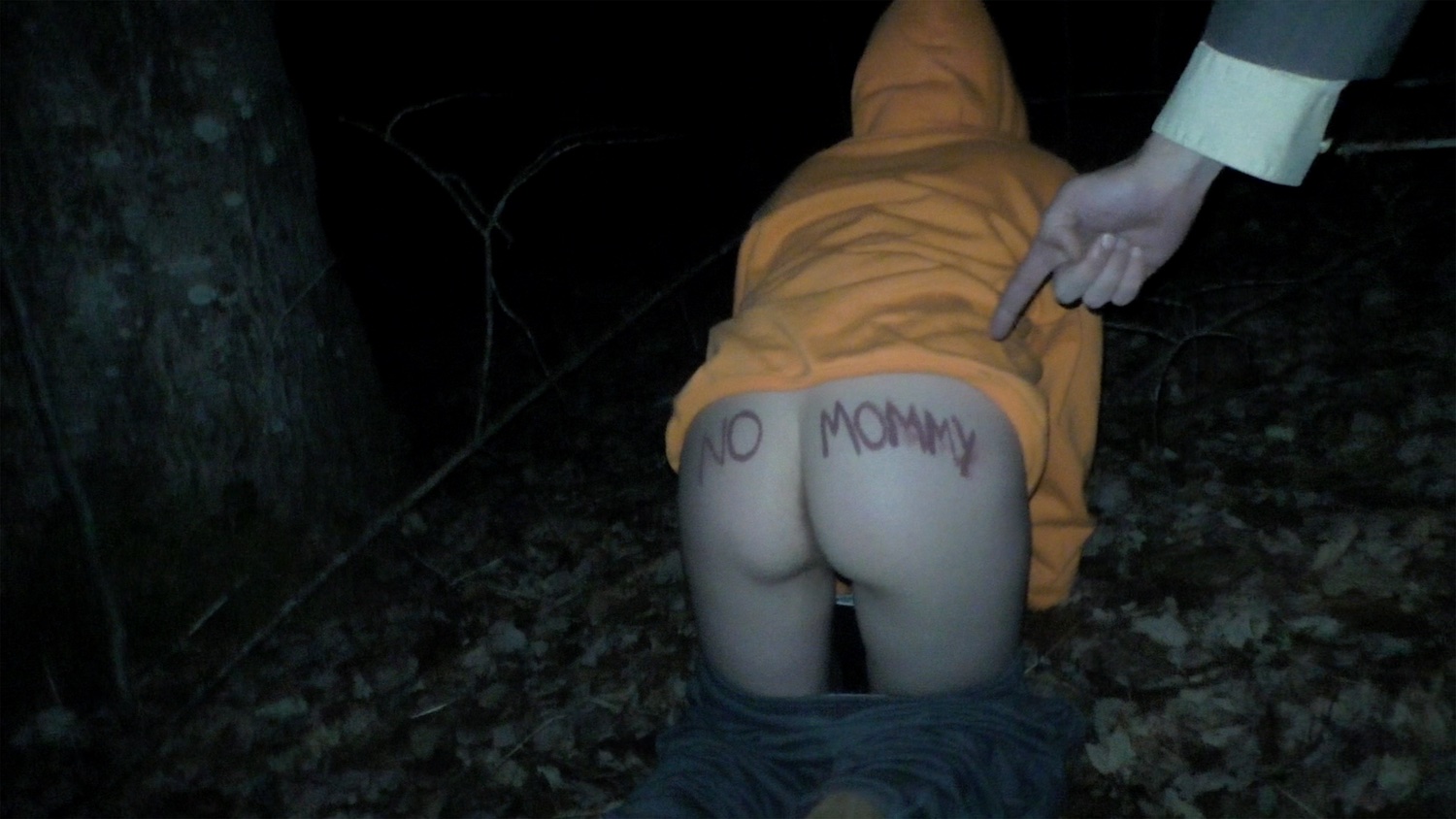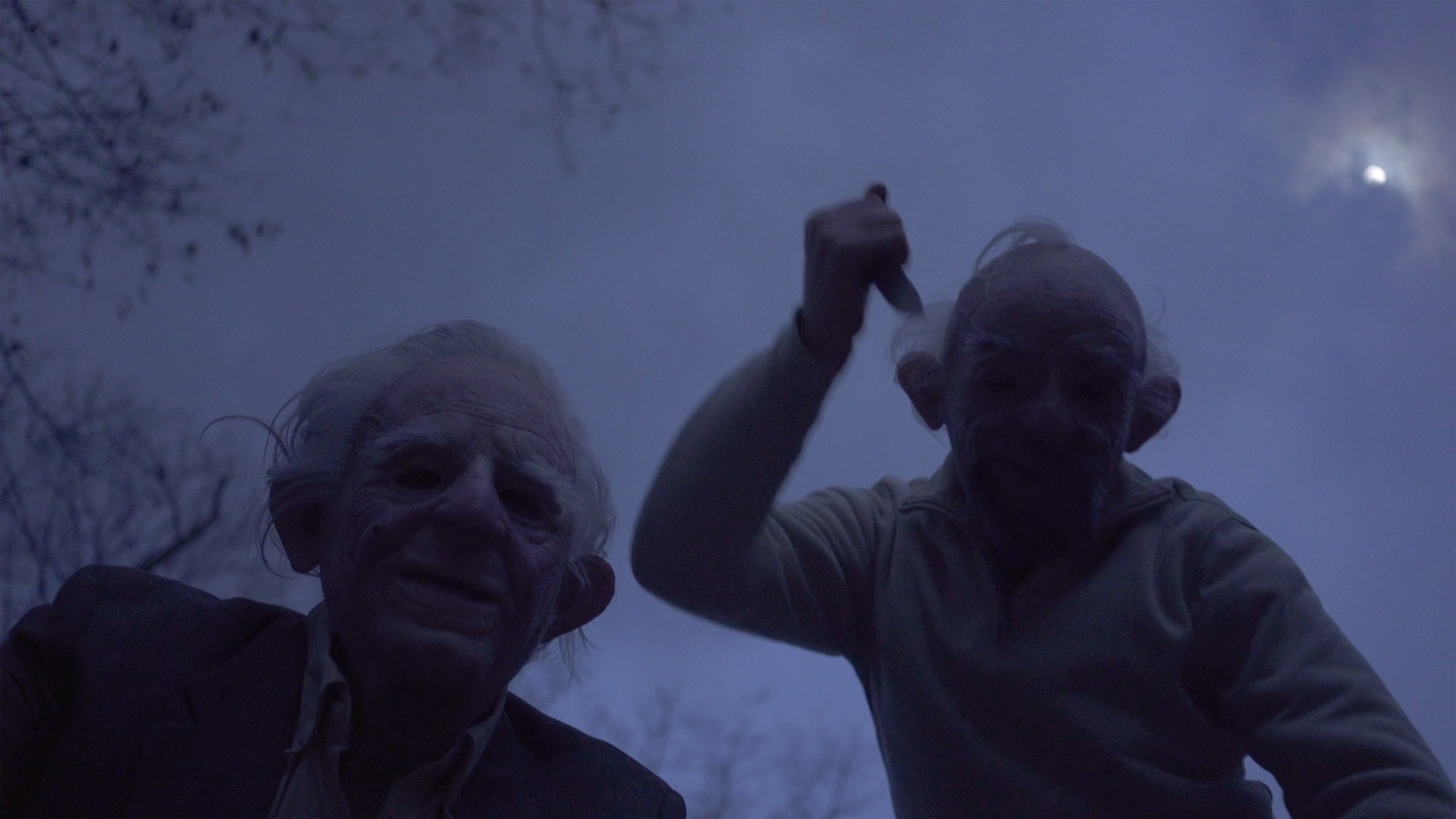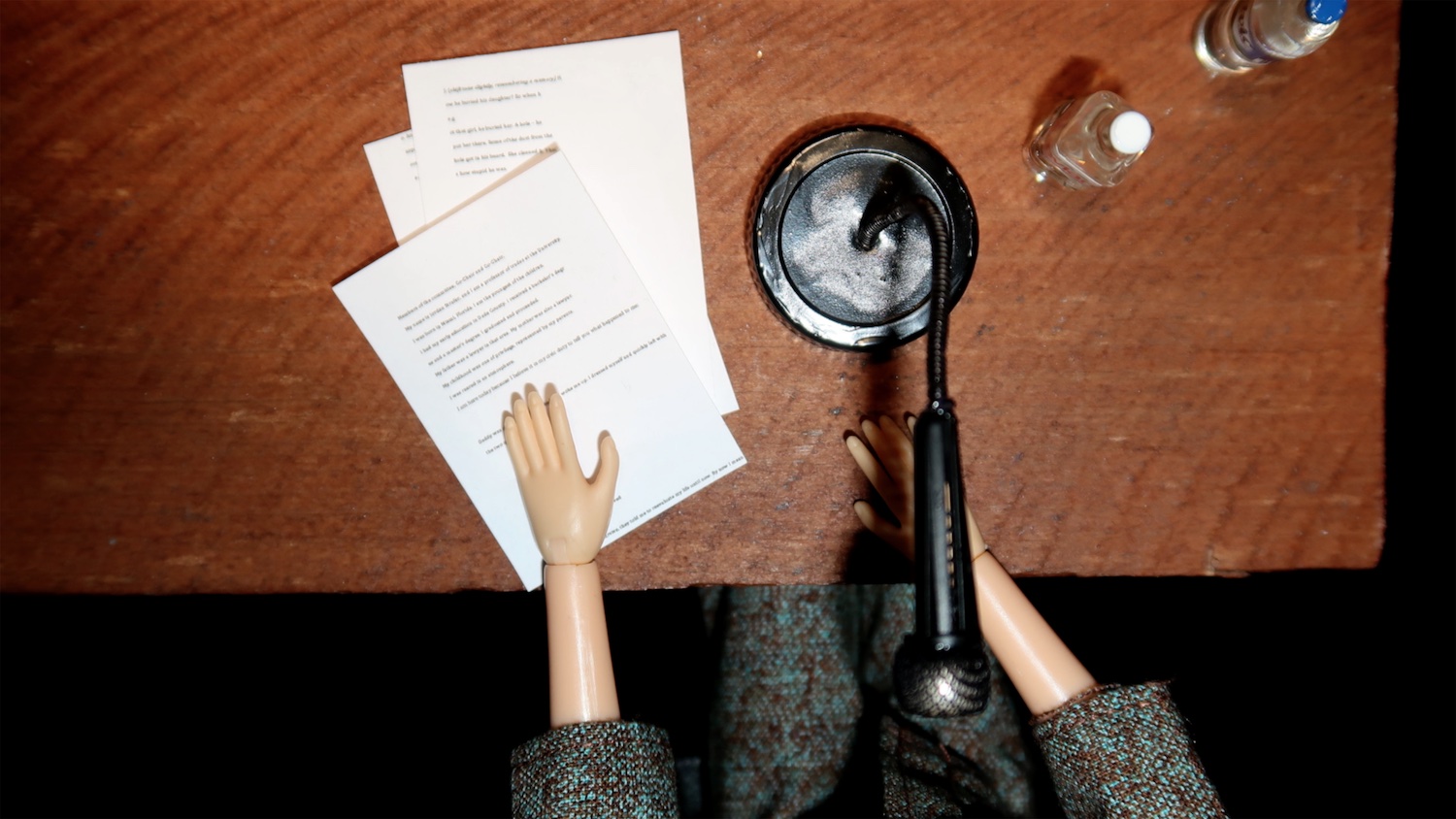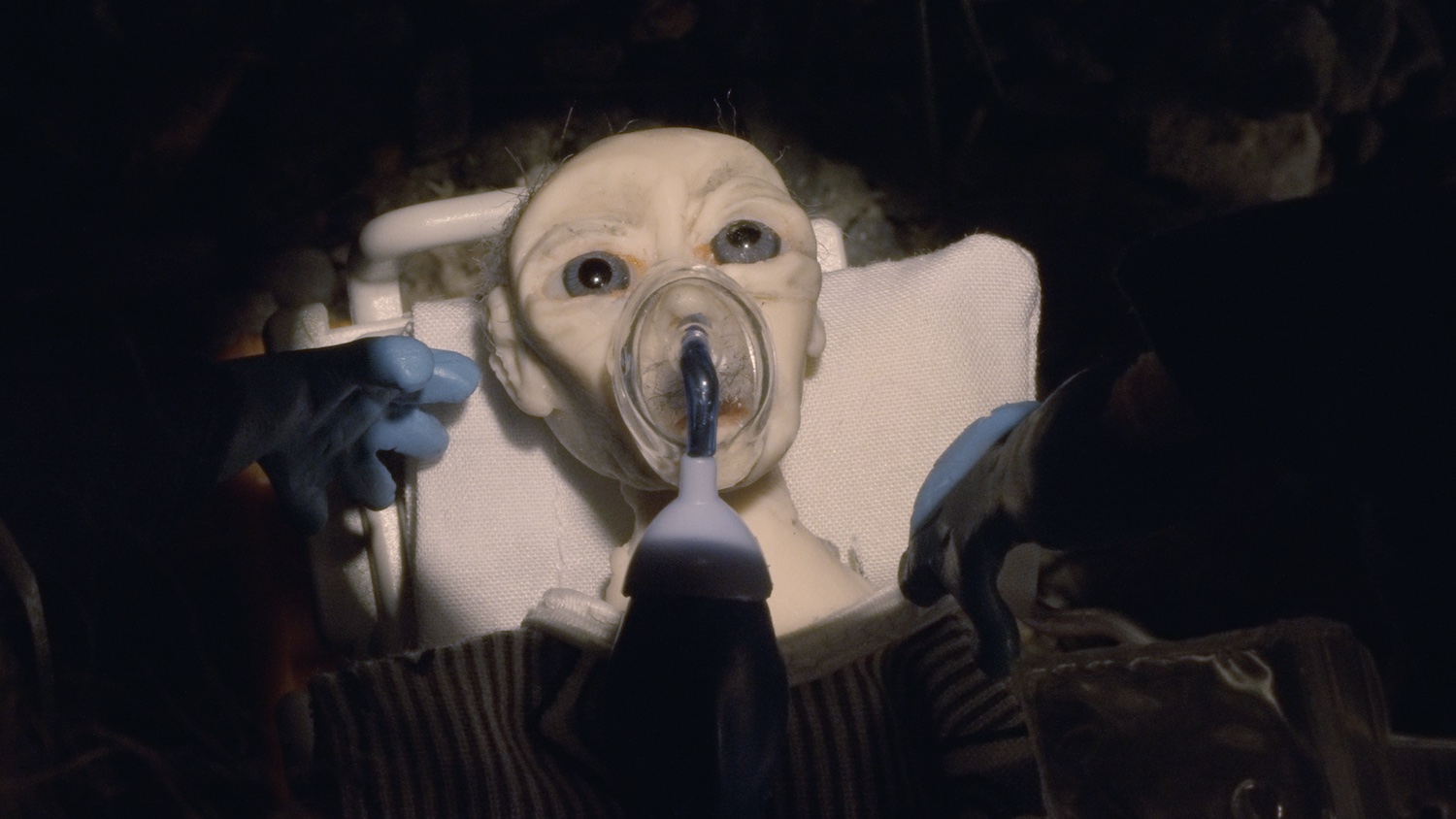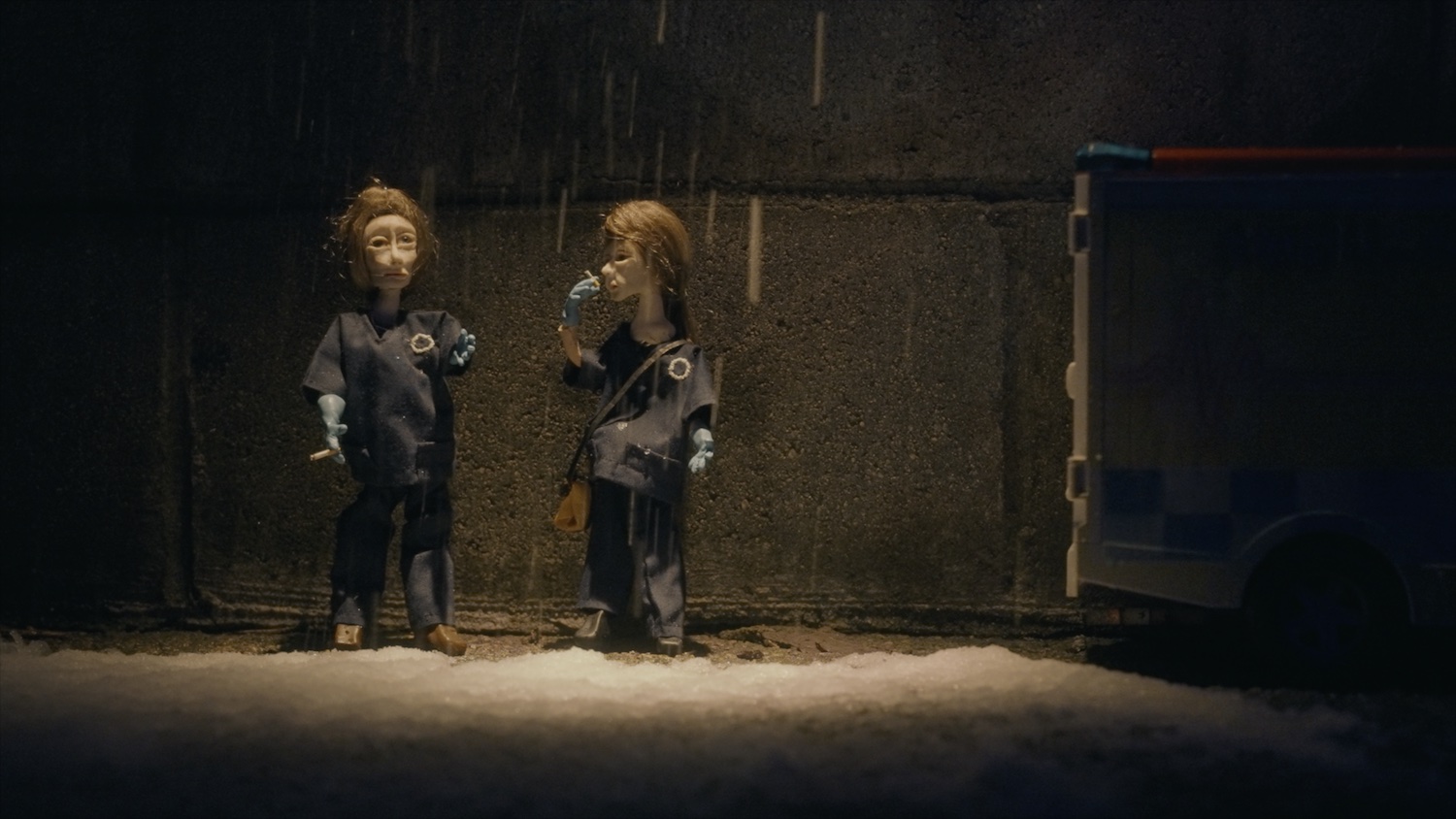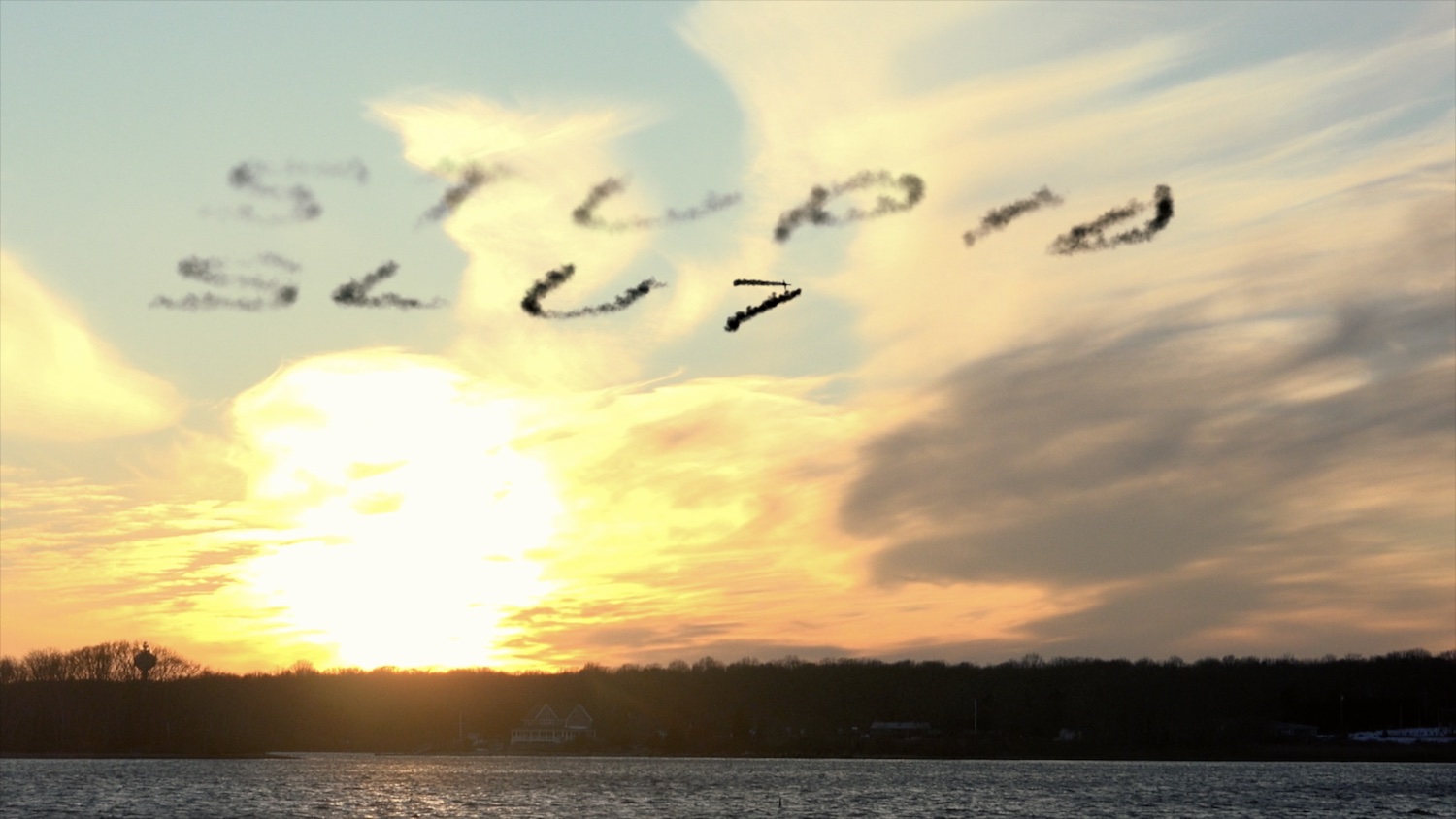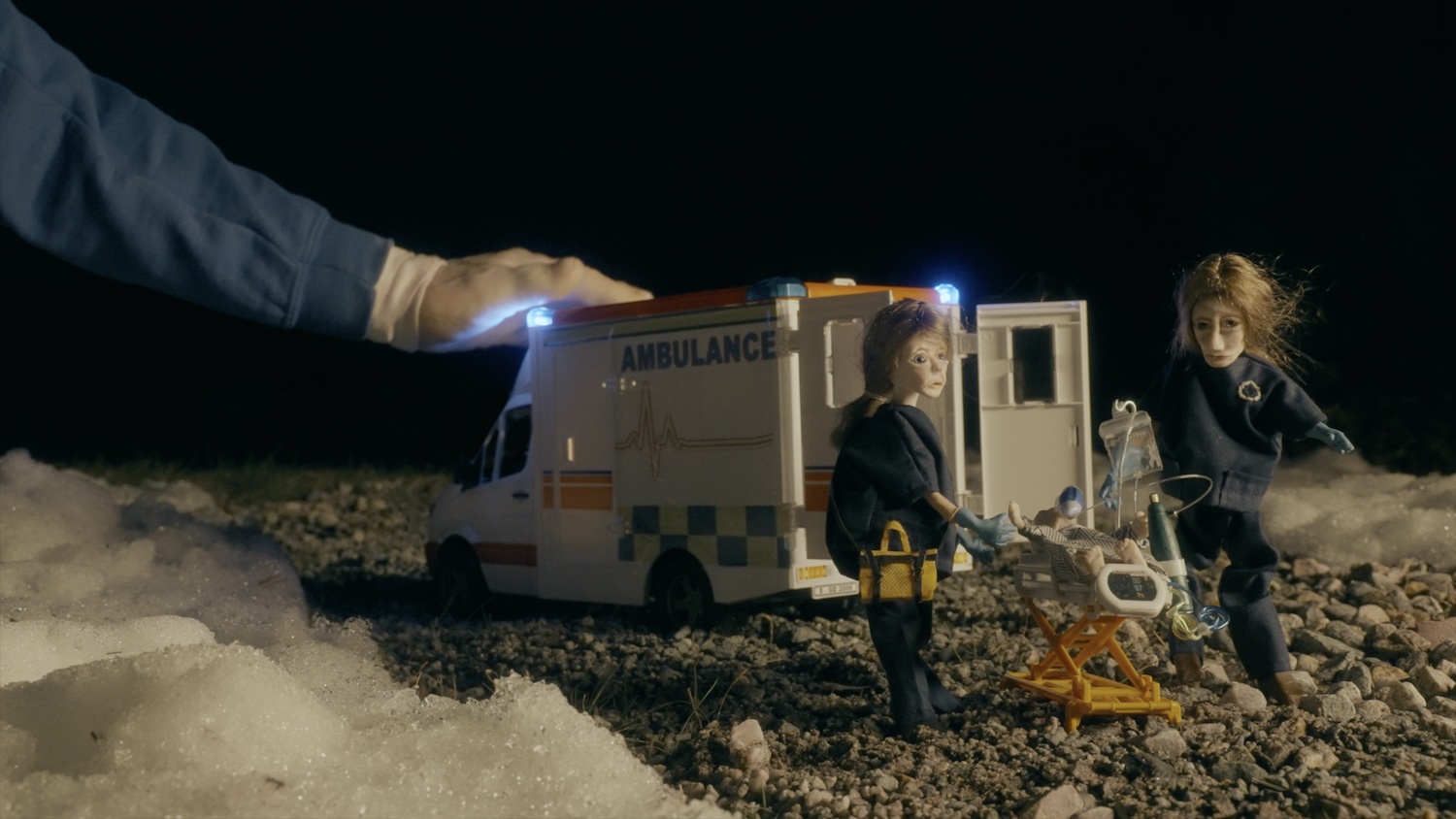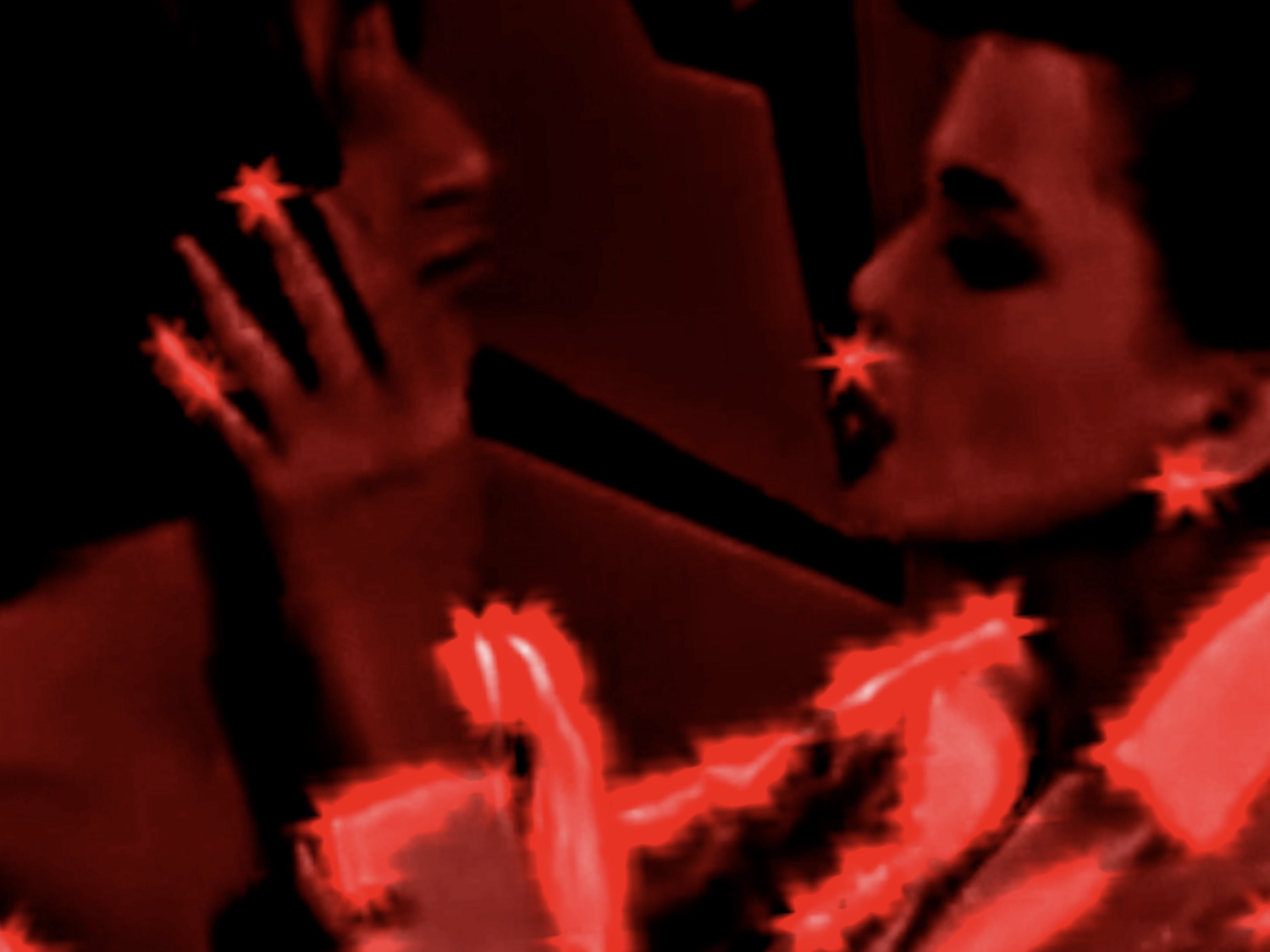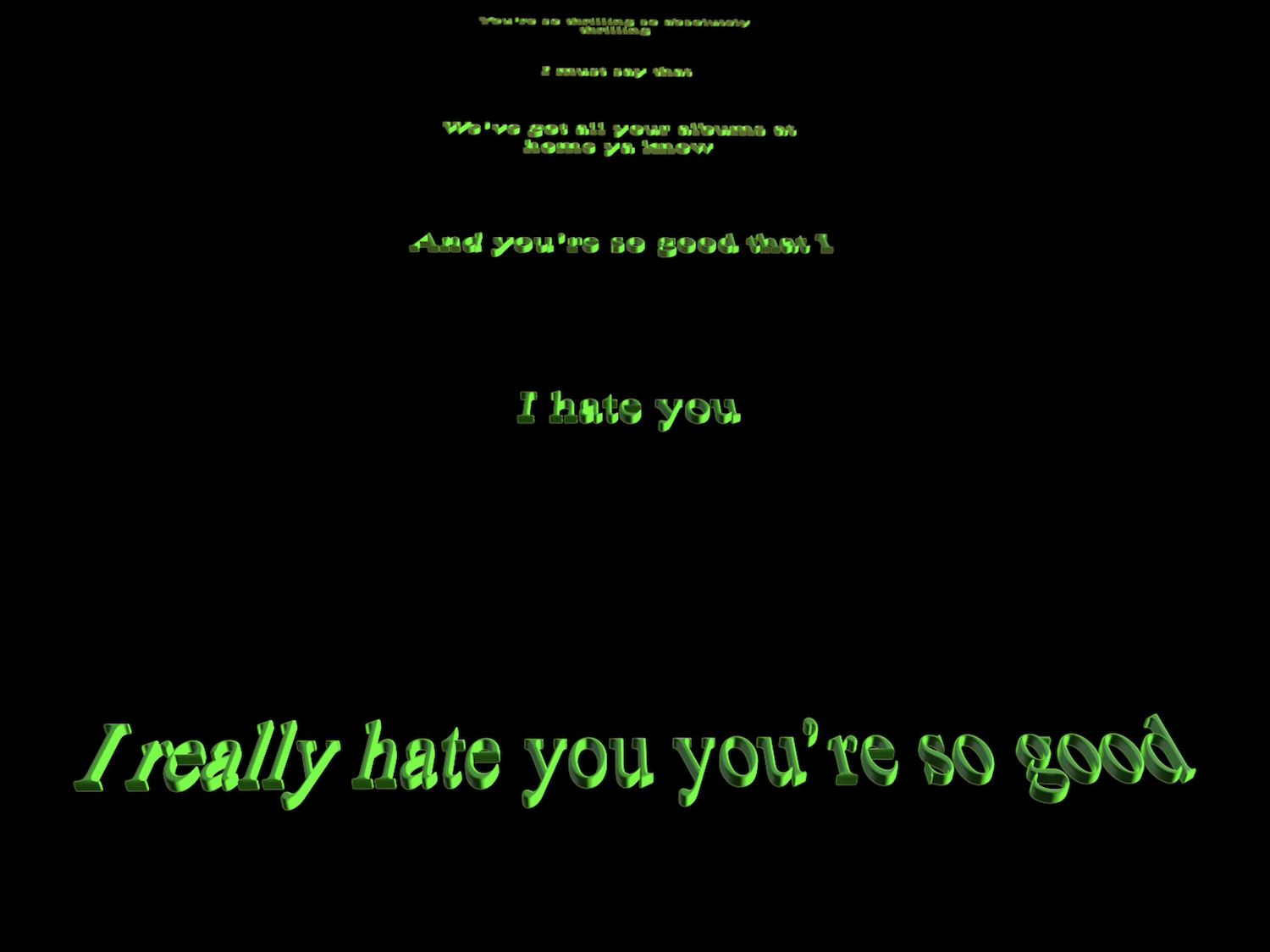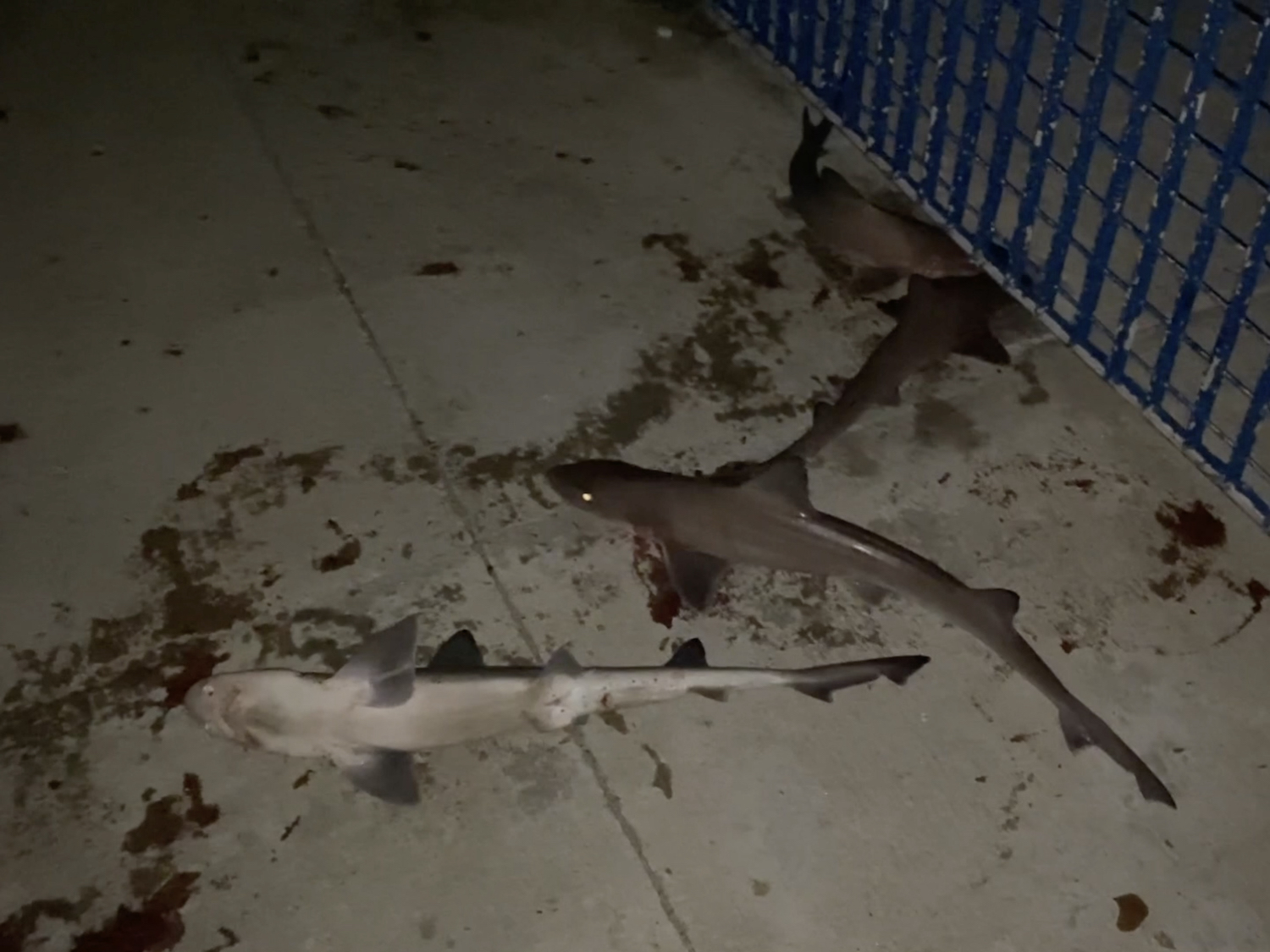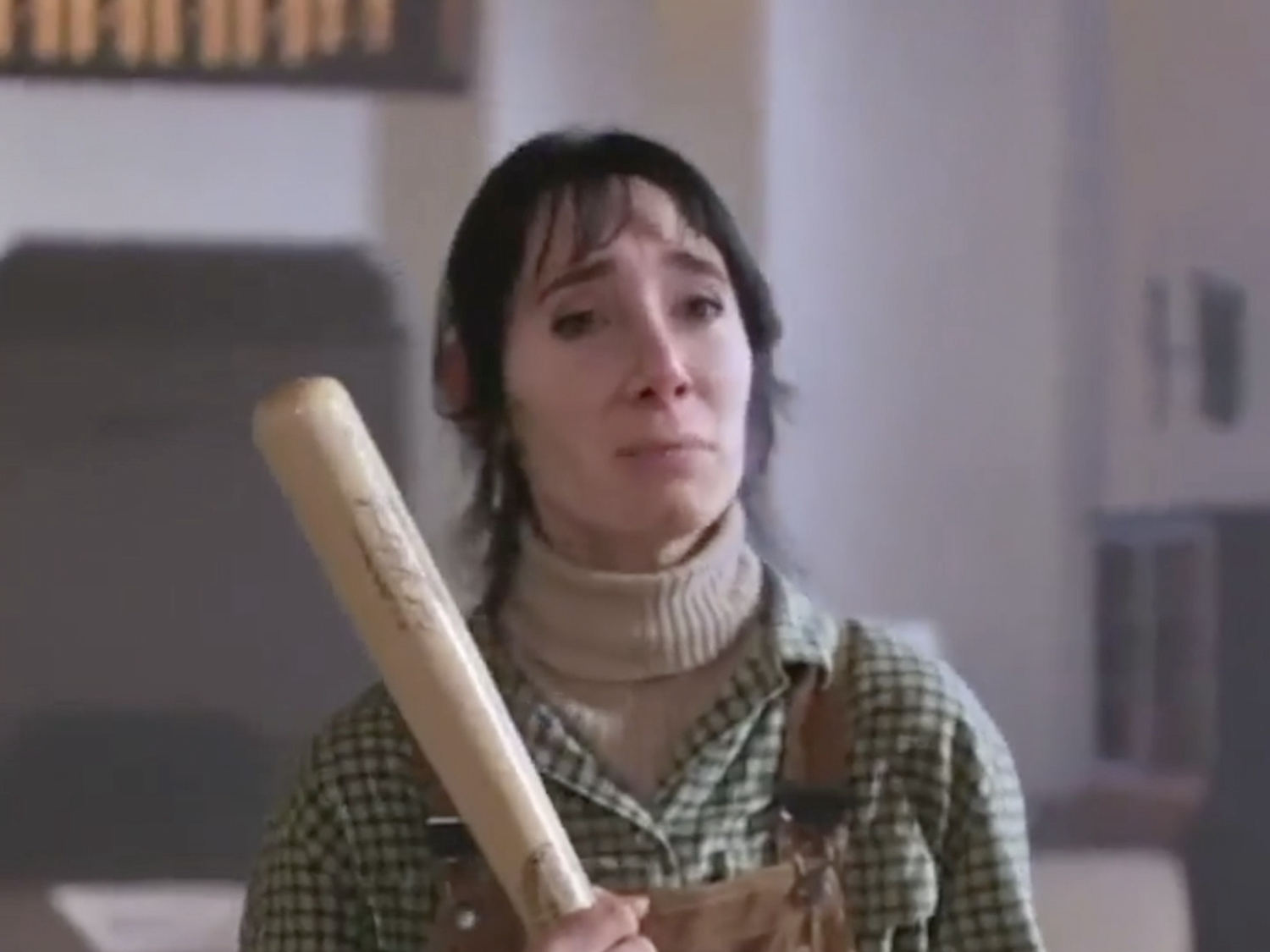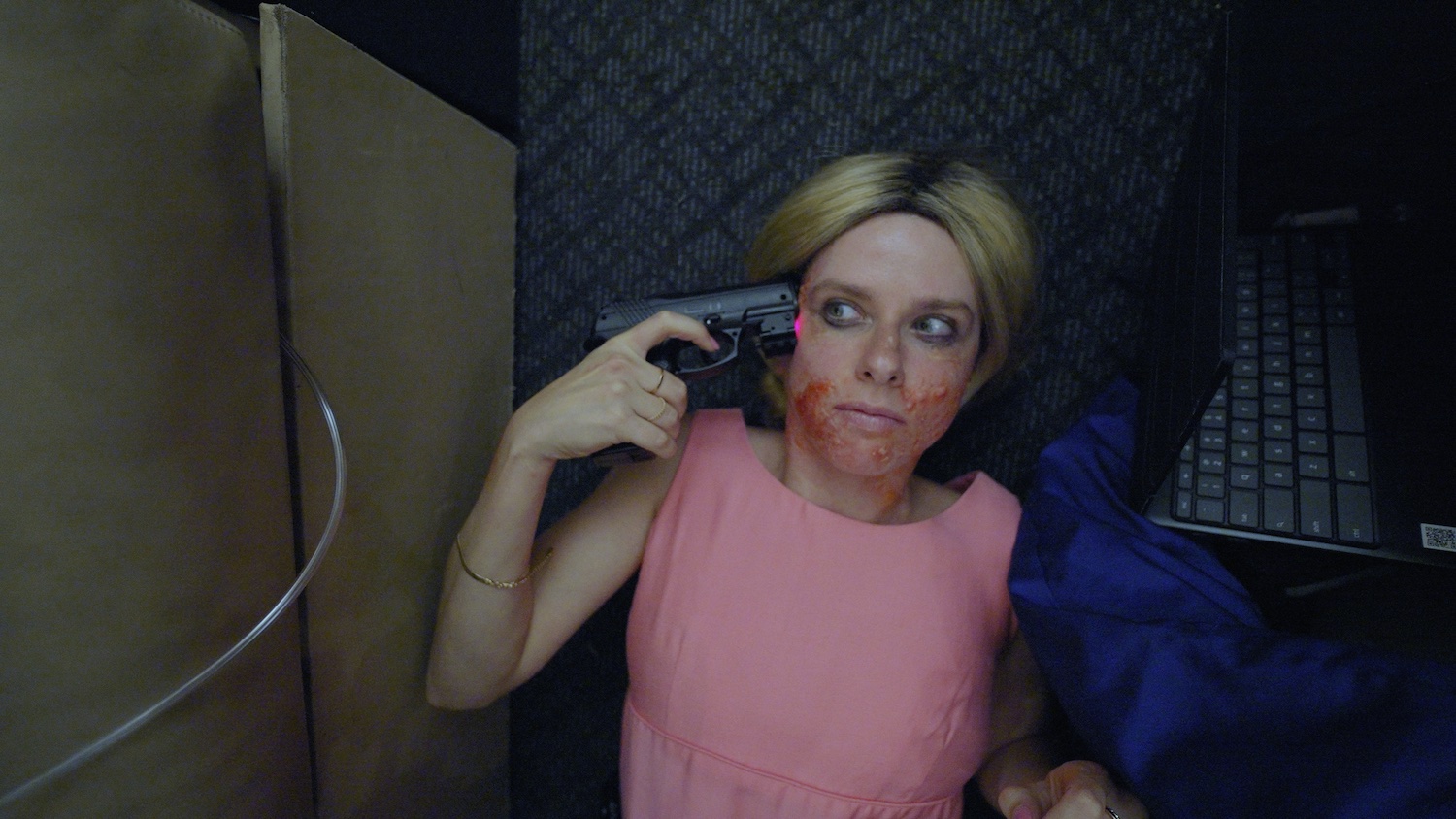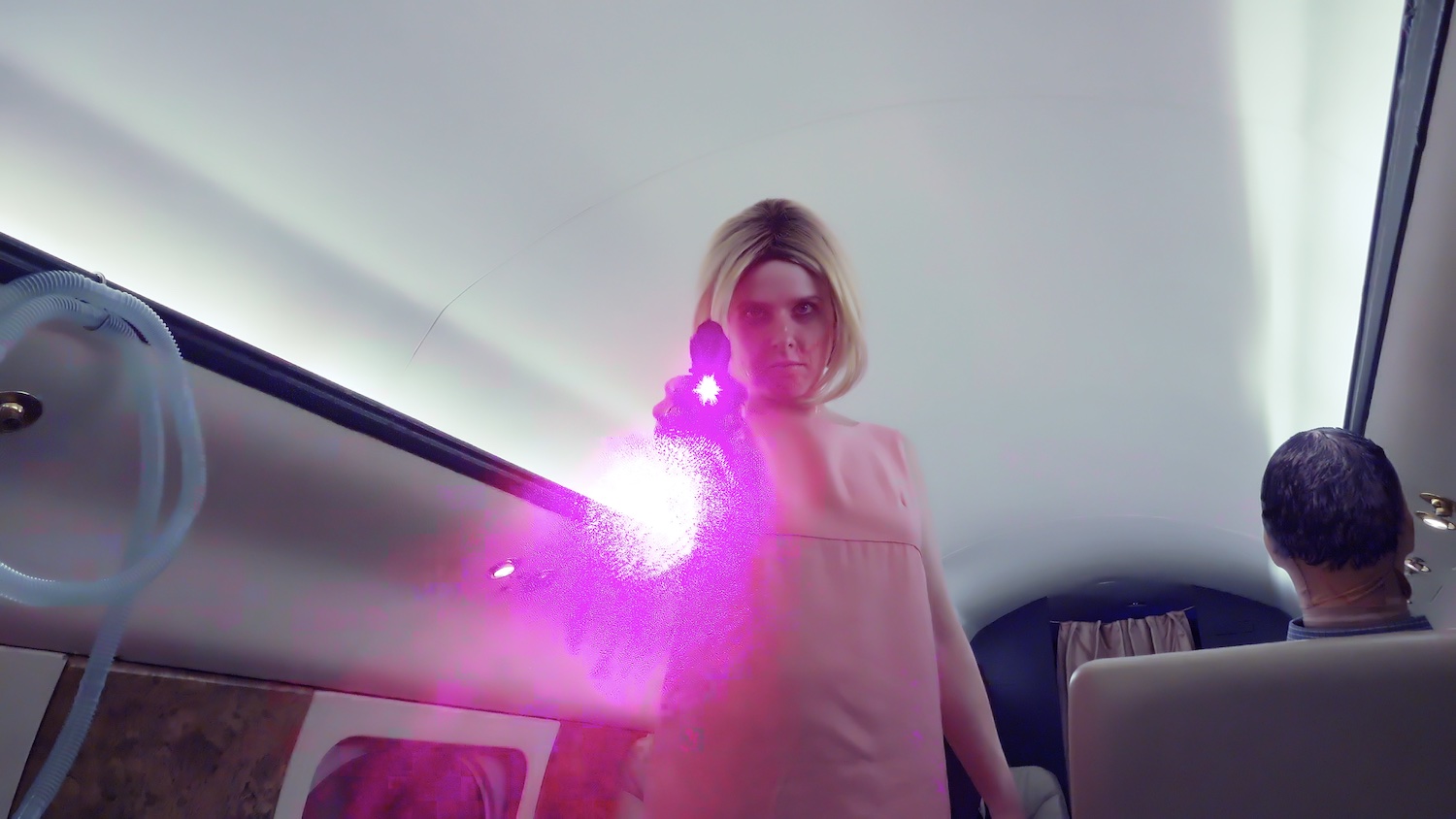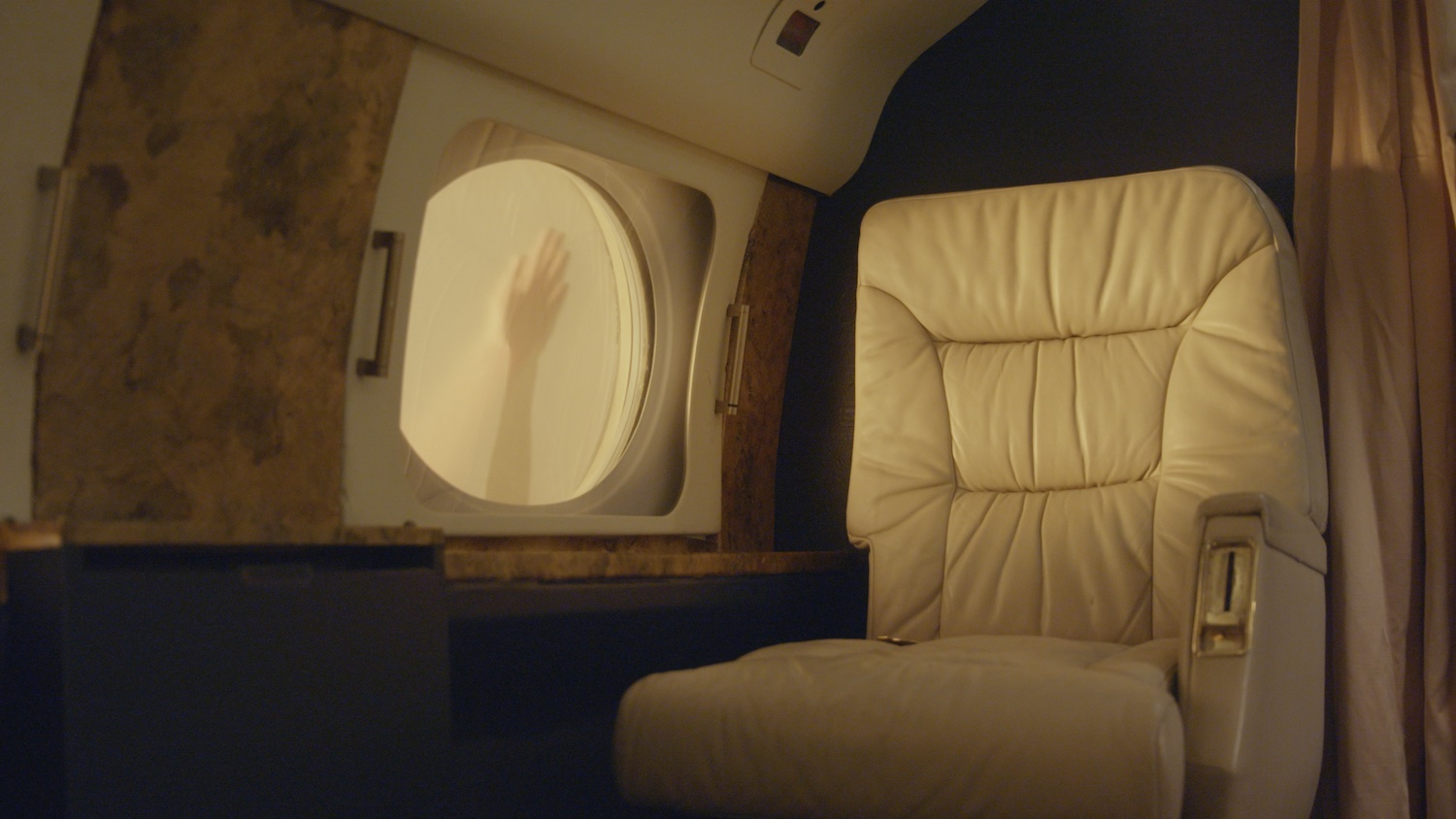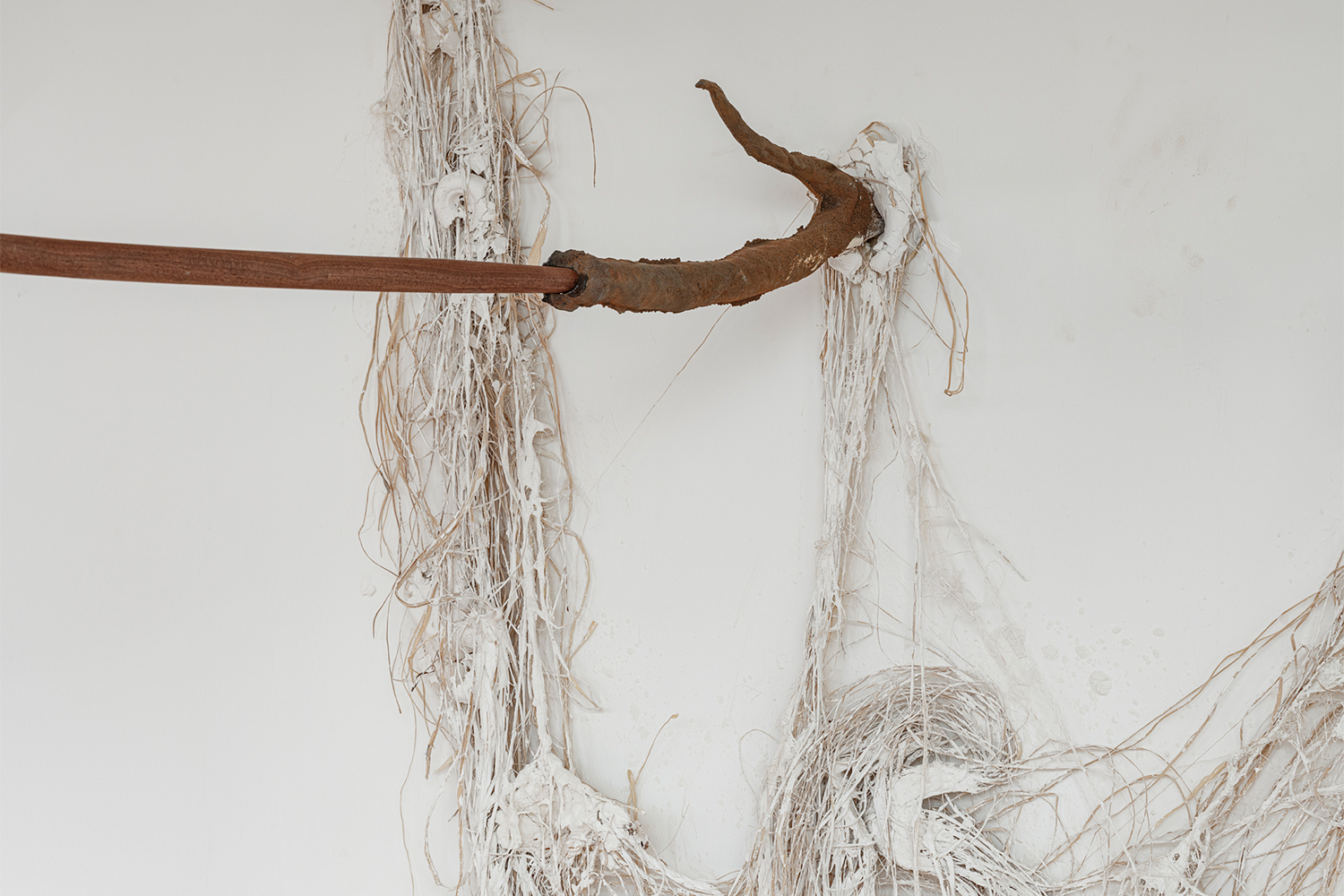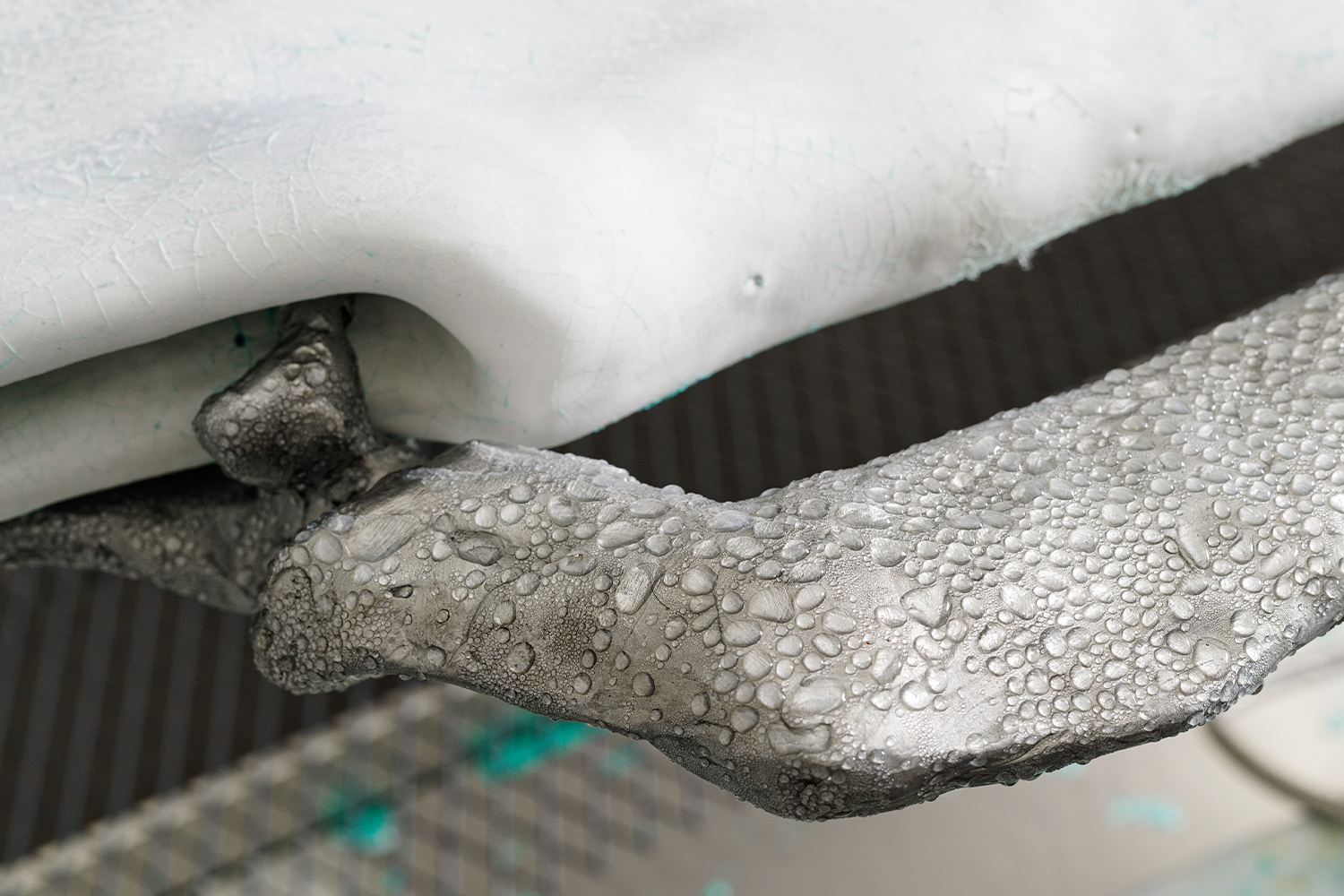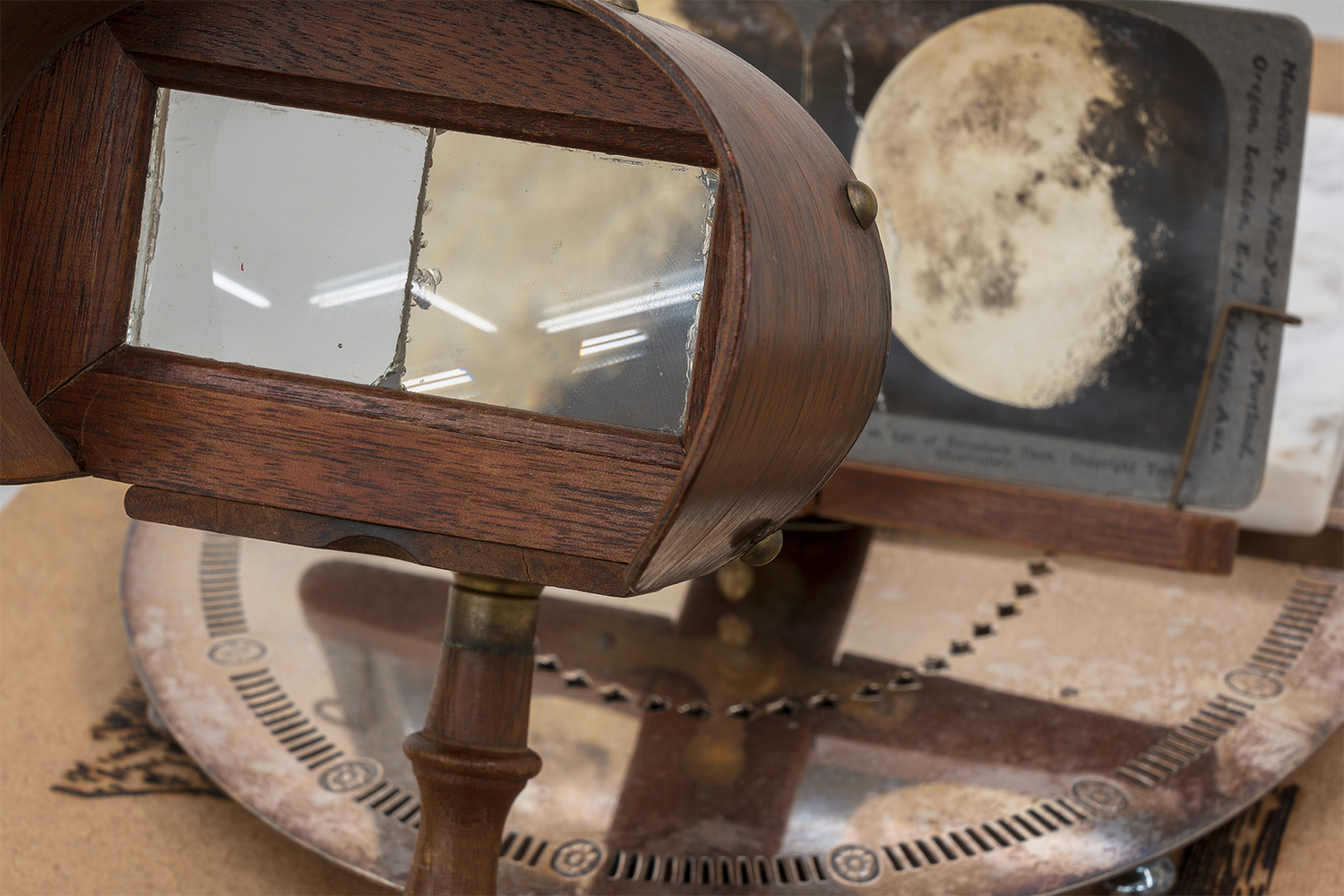Over the past ten years, Jordan Strafer has developed a body of work that interrogates dysfunction within American society. Through videos, films, installations, handmade props, dolls, and drawings, she uncovers apparatuses of power. Her universe is inspired by true stories and events, both private and public, and her works blur genres and gender categories while exploring the ambivalence of attraction and repulsion. Working in the liminal space of similitude versus mimesis, she reveals the artifice inside systems of representation. Dialectical rather than Manichean, her use of common cinema and soap-opera culture introduces doubt into our normal habits, preconceived judgments, and suspensions of belief. Folding reality and fiction, enchantment and raw cruelty, she investigates the inheritance and transmission of institutionalized violence. The following conversation took place in the context of two exhibitions: “LOOPHOLE” at Vienna Secession and “Trilogy” at CAMH, Houston.
Marie de Brugerolle: Let’s start with LOOPHOLE (2022), the new film that you present in your exhibition at Vienna Secession. The title has a double meaning. In a legal context, it means an ambiguity or inadequacy in a law that allows one to avoid punishment. It is also a way of perverting a rule. In slang, it can also imply a means of escape.
Jordan Strafer: LOOPHOLE was meant to be a temporary title, and at first I thought it was a stupid and obvious title for the work, but I have no other title, so the title of the work remains LOOPHOLE. My thought is that love is the greatest loophole, overriding any injustices. I was inspired by the Powell and Pressburger film A Matter of Life and Death (1946), in which a World War II soldier is meant to die, but heaven makes a bureaucratic mistake, and he lives. When an angel comes to bring him to heaven, the soldier files an appeal because he fell in love.
MdB: Often your work mixes true stories, facts, and popular culture elements. Here, the basic story is the William Kennedy Smith trial in 1991. John F. Kennedy’s nephew was accused of raping a twenty-nine-year-old woman. The film is twenty-seven minutes long, which is the average format for a television episode. The aesthetic is like that of a 1980s soap opera, like Dynasty — the lighting, the costumes and makeup, the haircuts — which creates an anachronistic impression. The artificiality is reinforced by the set, which is also very close to that of a TV show — again an aesthetic choice. Can you talk about why you chose these forms today?
JS: I had been interested in Kennedy-related themes since making my previous works No Bag (2020) and PEAK HEAVEN LOVE FOREVER (2022). I think the fandom of the Kennedys is a symbol or result of modern America. When I got the invitation from Secession, I wanted to make a story that was as American as possible, so naturally that led me to a Kennedy rape trial. The trial had been at the back of my mind as an interesting subject because my mother worked as part of the defense team. Once I settled on the subject, the other aesthetic elements of the period came into the work.
MdB: The story is one moment of the trial, for which you use the real transcript as part of the script. How did you have access to these archives?
JS: The trial was televised in the United States on CNN, and the recordings exist today on YouTube, where I watched and transcribed them. There are also transcriptions of the two cross examinations I sampled in Gregory Matoesian’s book Law and the Language of Identity (2001).
MdB: This makes me think about reenactment and the notion of “post-performance.”1 Reenactment comes from historical reconstruction, but it’s seen now in performance art as well. But “enactment” is also a term used in the legal context, meaning that a law is “activated.”
JS: I see the form of reenactment or remaking as an ingredient in the work that functions as a vessel to pour other ideas into. It interests me how a reenactment is a new event in itself.
MdB: Your mother was a clerk for the trial? The character is named “The Pen” in the film. She wears an electric blue suit and at times eats a bagel with cream cheese. Her role was to take the notes that you now use. Literally the clerk’s role is to record, like a camera.
JS: She wasn’t a clerk. She was a lawyer working for the defense. The Pen is meant to be writing the cross-examination questions for the lead attorney to ask in the trial. I wanted to film her from hip height, as if a child was looking at her.
MdB: It seems that you focus on the story’s middle, in a way avoiding the beginning and end. There is no introduction, no conclusion, like when a traumatic event happens. That makes me think about soap operas, the episodes of which can be played out of order, and the TV audience is habituated to pick up the story at any point. This has an impact on the capacity to develop distance and judgment. It is an entertainment strategy.
JS: I would consider this work to be undoubtedly narrative. I think we are in a moment when video resembles cinema and vice versa. I want my work to further blur the line between the two. However, I see this work as more in the lineage of video art than cinema. A video work on loop in a gallery isn’t that different from a TV playing a soap opera or a trial in the background. The form permits you to tune in and out.
MdB: You mention the aesthetics of erotic thrillers like Fatal Attraction (1987, with Glenn Close and Michael Douglas) and Body of Evidence (1993, with Madonna and Willem Dafoe), in which women play the role of “femme fatal.” A seduction takes place at the same time as the attorney’s argument. We see the attorney rehearsing at some point, like an actor. He strategically uses language to both impress the witness and dismiss her — and at the same time convince the jury, introducing doubt regarding the witness. This is the loophole: It’s an indirect attack, not toward the victim but her defense. He repeats “the alleged rapist” as if to dismiss the facts and the witness, and, later, the victim. His manipulation is twofold: He also wants to seduce the woman on the jury. How did you want to articulate the two stories? Conviction, persuasion, perversion… Does the rape become the backdrop of this love affair? The attorney literally creates a setting for his own story.
JS: I think you sum it up quite well. The storyline in LOOPHOLE is the result of my contemplation over the incompatibility of the justice system and a rape trial. I just don’t see any possibility of a resolution between those two things. The system itself is built on violence. I would argue, perhaps provocatively, that our society wouldn’t exist the way it does without rape. I don’t think it would be interesting for me to express my feelings about whether that man raped that woman. I don’t know if he did, and I don’t think it matters to the public. I am more interested in thinking about the artistry of the defense attorney, and the trial serving as the backdrop of the love affair. I want to watch the fantasy of that transgression play out.
MdB: There is a double transgression: of the idea of justice, which we think that law fosters — criminals being punished, victims being saved — but also of the roles of dominant and dominated, which are reversed in the love affair.
JS: I’m not sure if they are reversed exactly. A juror does have power over a trial lawyer, but there are conflicting power dynamics between them. I don’t think it is that clear.
MdB: You show the apparatus of the staged/ filmed theater of justice, but also its power logics, the hyper-structure reflected in the scenario, which you express through artificiality. At one point the accused sings a Frank Sinatra song, “Summer Wind,” as if he were on stage. One detail: The fly that we see passing by, is it a symbol of evil?
JS: I was listening to the song “Summer Wind” performed by Frank Sinatra a lot while I was working on the script for the video. I would listen to the song on repeat. It felt indulgent to hear the end of the song right next to the beginning of the song. I thought it would be indulgent, too, to have the Kennedy character be a Broadway performer singing the song on a loop. Maybe his perspective of the event were the lyrics to that song.
MdB: The last element of “loop,” which is specific to video art as opposed to cinema, is the fact that there is no “end” — and no “happy end,” instead leaving the viewer to decide. This makes us subjects. In this new film you use real actors, one of whom was already in a former film of yours.
JS: I wanted to pull the thread of “patriarch” from my previous work and have the actor who played my father play the defense attorney, Jim Fletcher. I am thinking of the actors, their faces, and their performances in my recent works sculpturally. The actors most of the time are obscured with a certain amount of masking or artificiality in order to attempt to mimic the ability dolls have to become symbols.
MdB: In former works, like the trilogy you will show in Houston — PEP (Process Entanglement Procedure) (2019), SOS (2021), and PEAK HEAVEN FOREVER (2022) — you use dolls, masks, homemade props. We spoke about arts and craft and de-skilling…
JS: An artist isn’t that different from a lawyer. An artist can use an argument based on precedent — “de-skilling” — as a reason not to have to be virtuosic.
MdB: But I think that there are real aesthetic qualities in the doll figures, and in the drawings in the exhibition “Punchline,” where you presented PEAK HEAVEN FOREVER — especially in the use of fragility and nontraditional materials. What is the status of the dolls: props, actors, surrogates? And the collages, which are made of materials taken from vernacular sources… Are the drawings models or post-performance elements? Are they evidence? Remains of an action?
JS: The dolls are partially a result of material constraint. I see them as surrogates and also as a kind of projection surface; they are no one in particular, and when they do “bad” things no one is implicated except for me. The dolls can become archetypes, or symbols, rather than specific individuals.
The “drawings,” which are becoming less and less like drawings, are the result of
an intuitive practice that is parallel to making videos, and sometimes helps me to plan works or come up with ideas or combinations. I experiment with materials and processes but almost always use vintage onion skin paper. I see them as parallel to my video works in the sense that they are some of the same feelings processed through a different machine. Most recently I am thinking about the works surrounding video works in an exhibition — creating a coded constellation of thoughts that are not immediately recognizably related, but they are. These works are kind of like revealing a distilled version of my computer desktop.
MdB: A thread in these films could be abusive parents or figures of protection or authority. In SOS, a little doll the size of a Barbie is abandoned on a rock, like a desperate siren. In the sky a plane draws an insult in black jet trails. Her two fathers are brutal old men. PEP mixes images of a humiliating boot camp and recurrent patterns of blood on ice. The artificiality of the masks, like in a horror movie, creates a caricatural effect that is darkly humorous but also grotesque in a way that points to a crudeness of the real. I was thinking about Harmony Korine’s Gummo (1997), a portrait of America from behind the facade. How will you present these short films? Some have the clipped rhythm of TikTok or a comic-strip vignette.
JS: PEP and PEAK HEAVEN LOVE FOREVER will be shown as installations, each with an accompanying synched video channel that indicates the place in the video. I was born in 1990, so perhaps the rhythms of the internet have made their way into my work.
MdB: Blood, shit, saliva, snow, sea, paint — there is a lot of goo used in the work. Is this a way to deal with the aesthetics of fluids, with the abject?
JS: I suppose the goo represents urges of different kinds.
MdB: There seem to be situations in which the subject is taken as an object and doesn’t rebel. They are like snapshots of post-traumatic scenes, restaged in a theater of cruelty. What do you think about catharsis?
JS: The situations created in order to make my work can sometimes produce their own traumatic memories, setting up an insatiable cycle of needing and fulfilling catharsis. There is no real catharsis in that way. My work isn’t meant to portray the world the way I want it to be.

